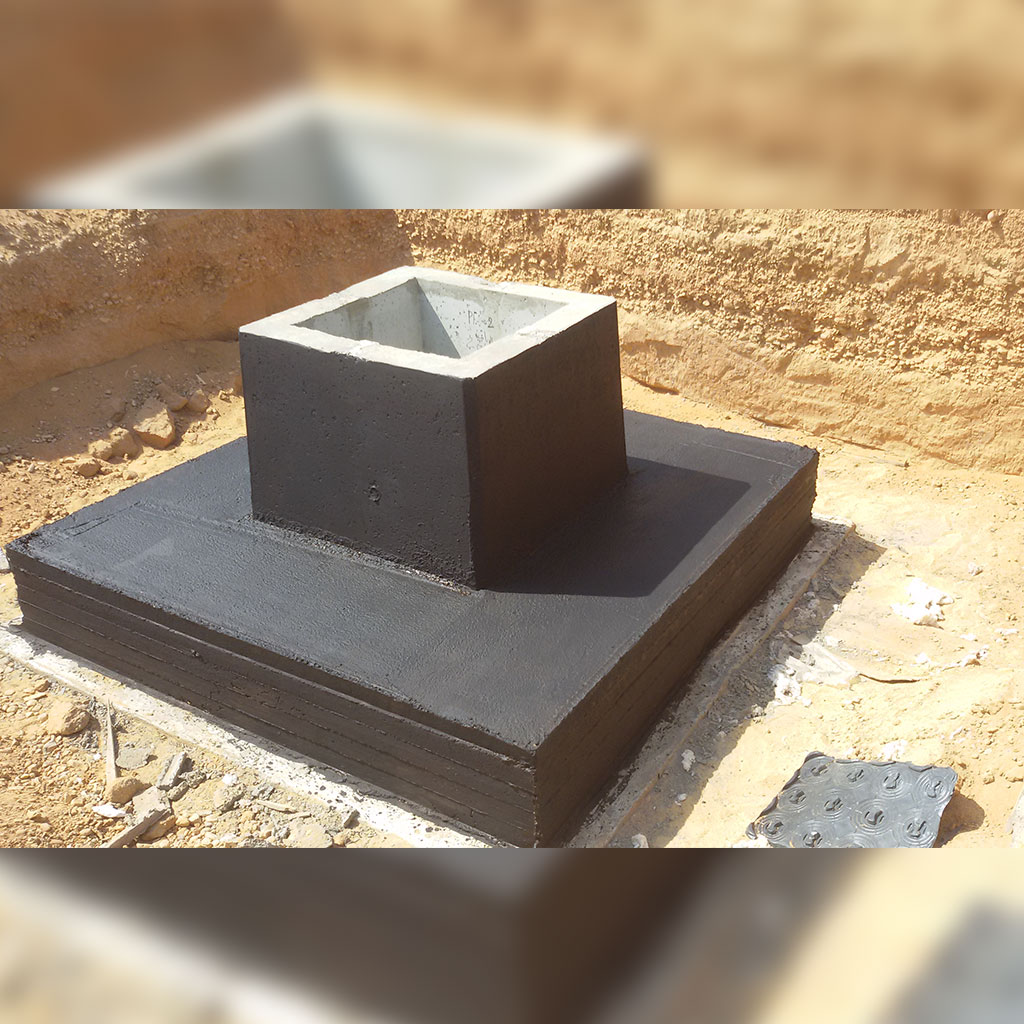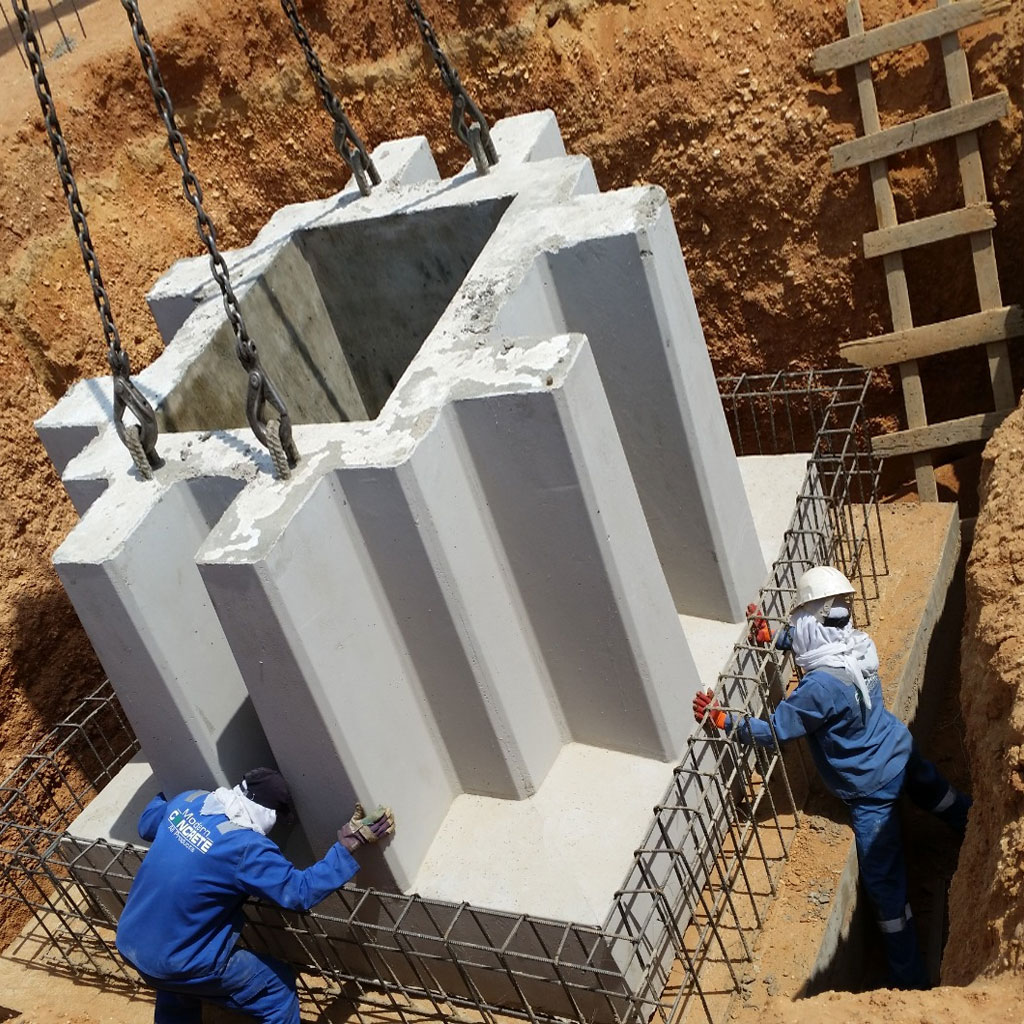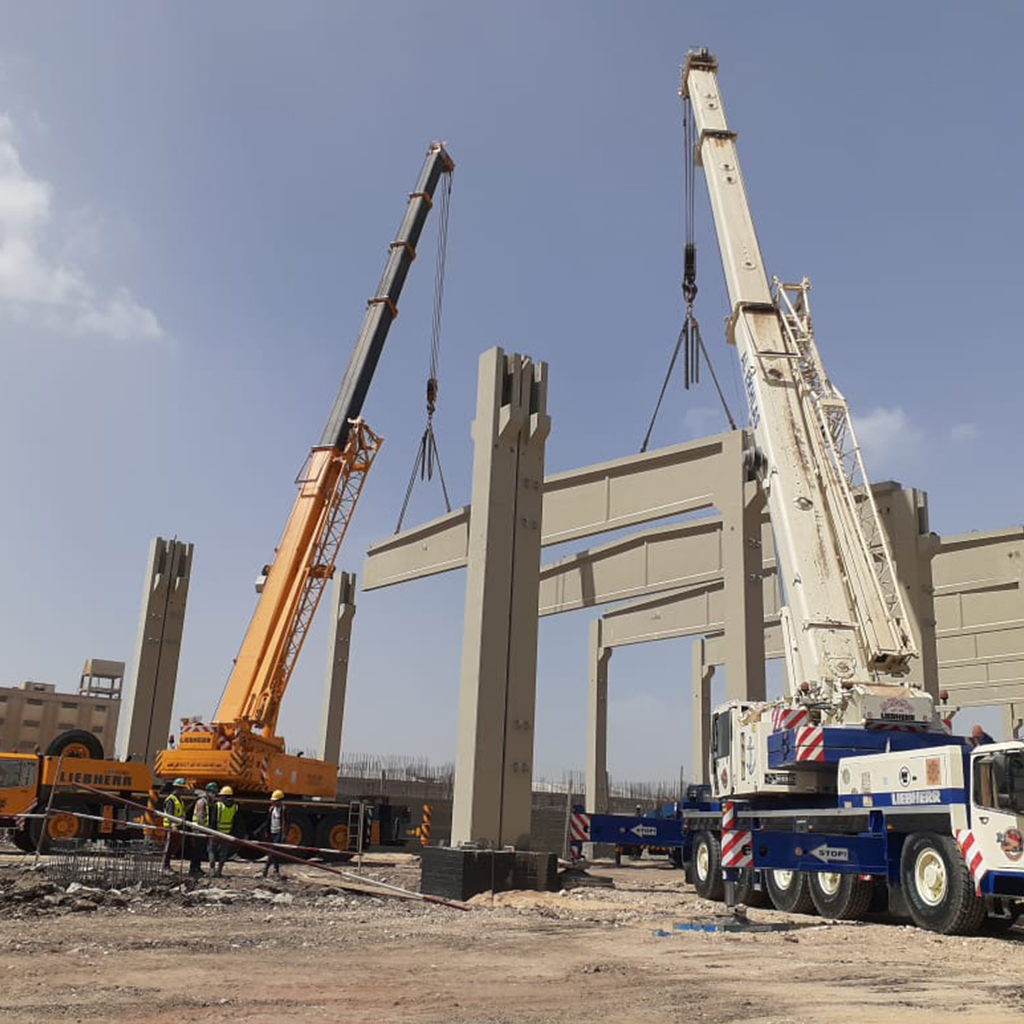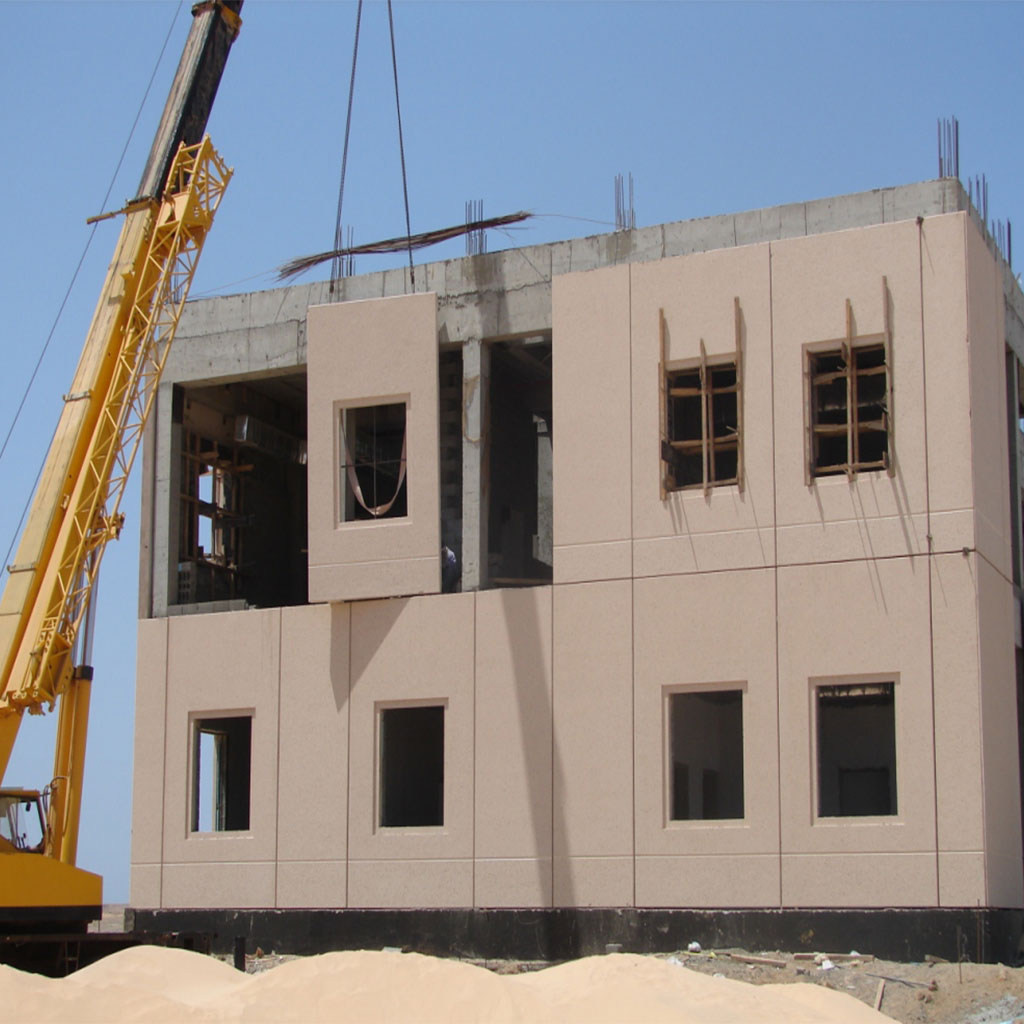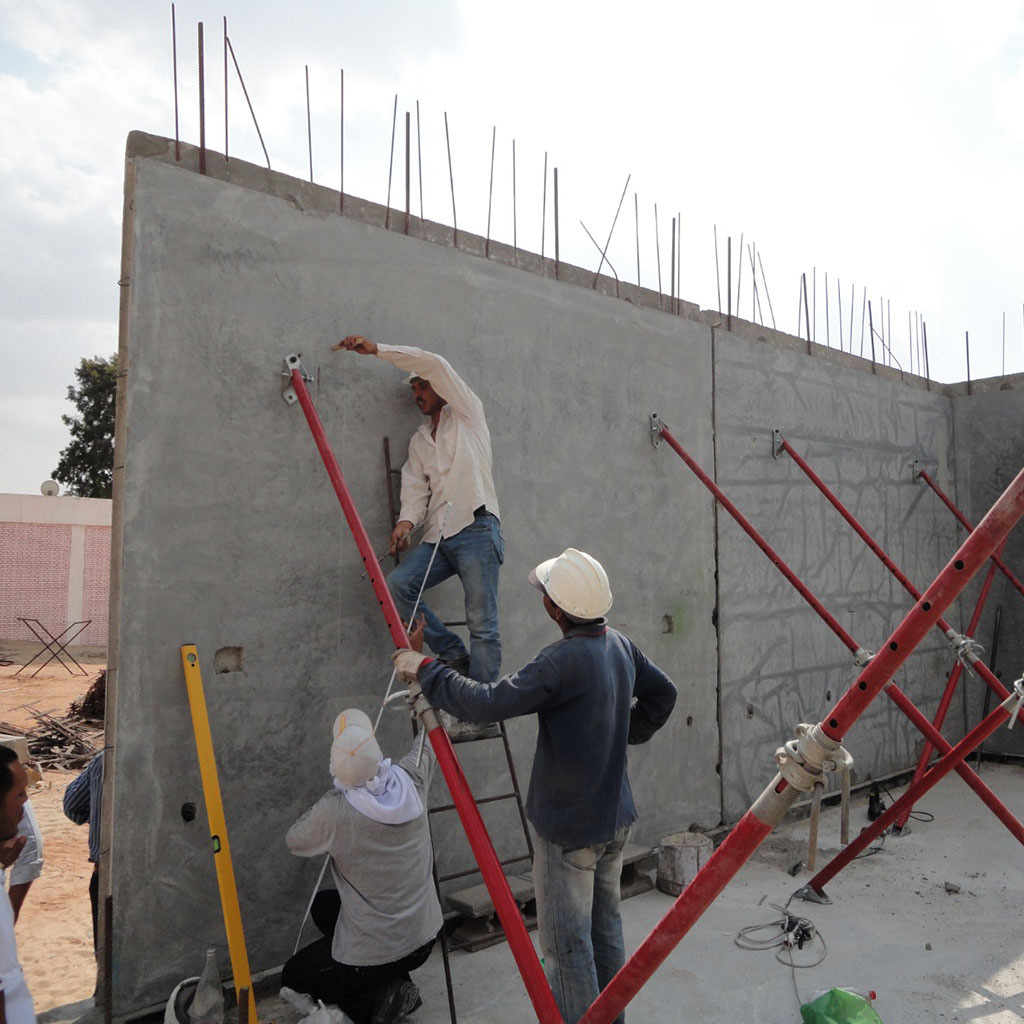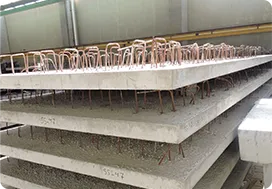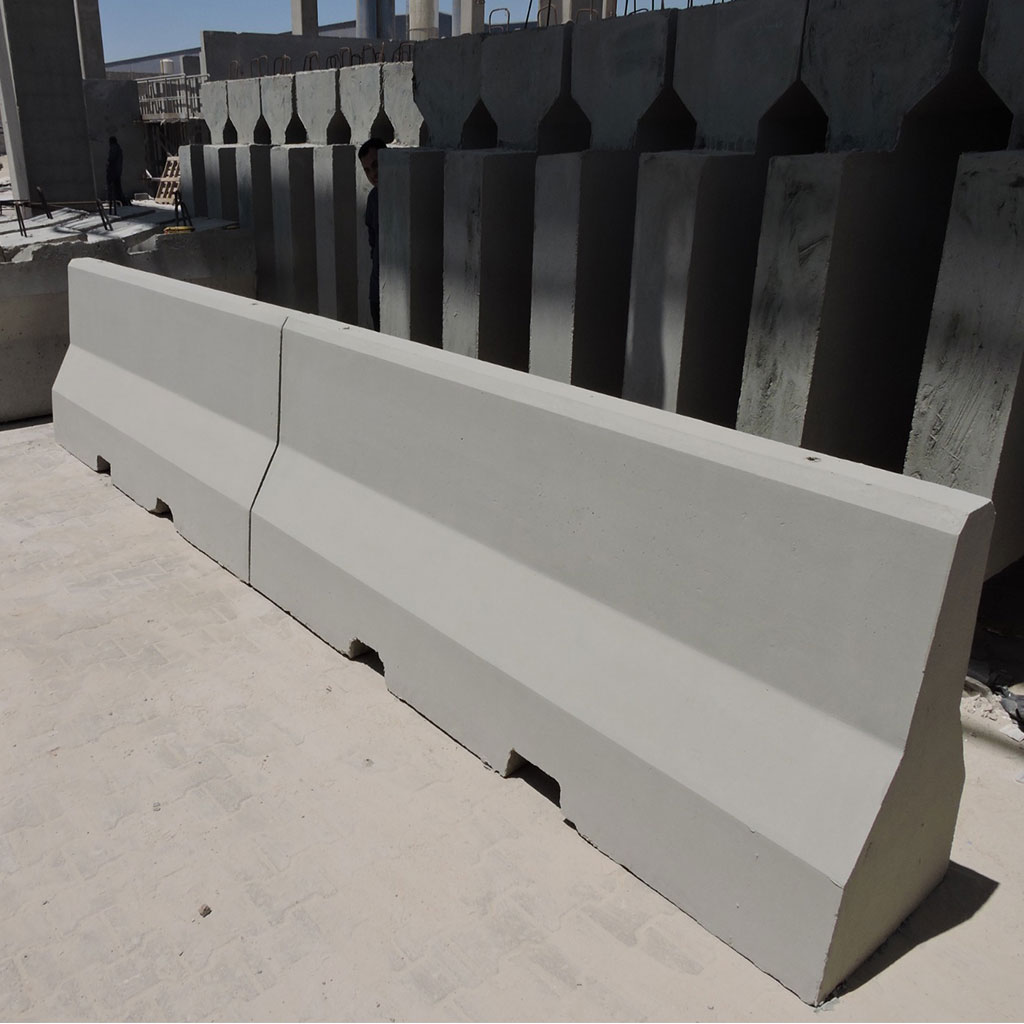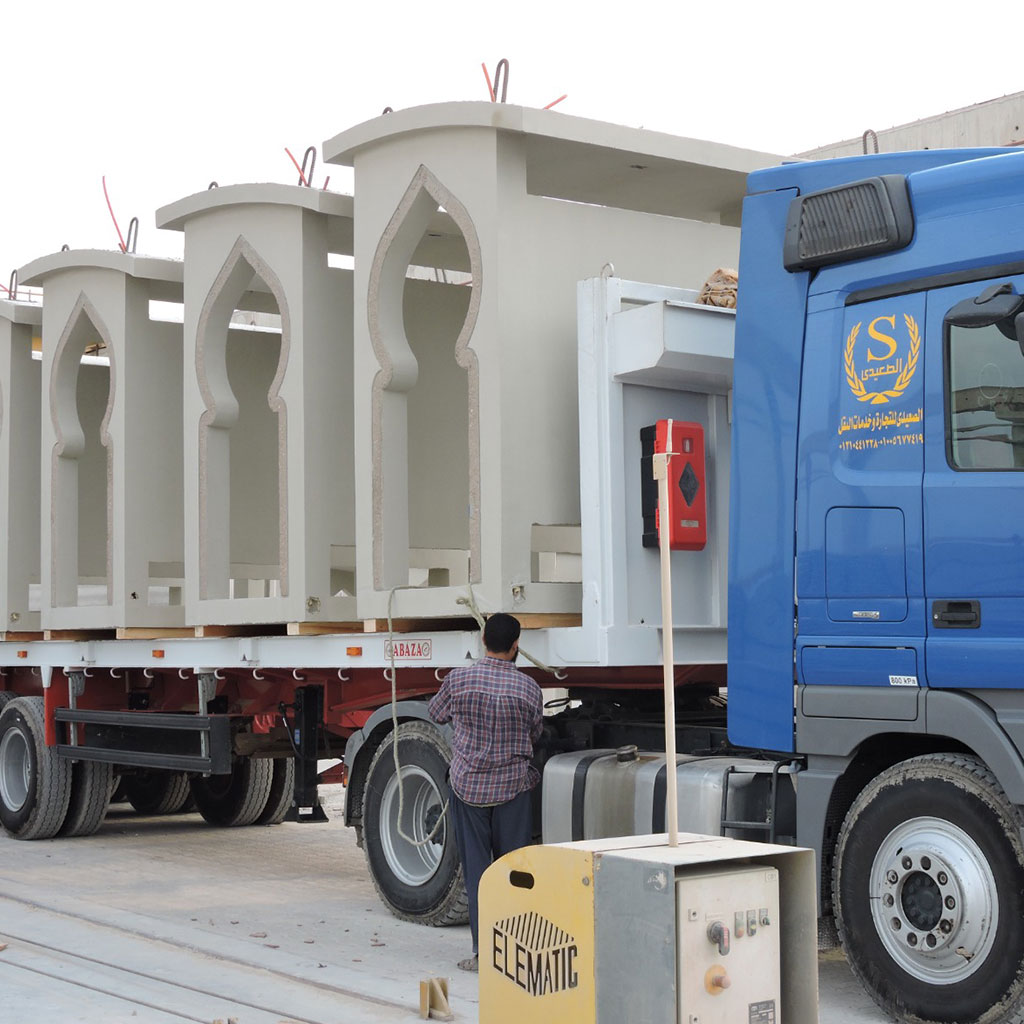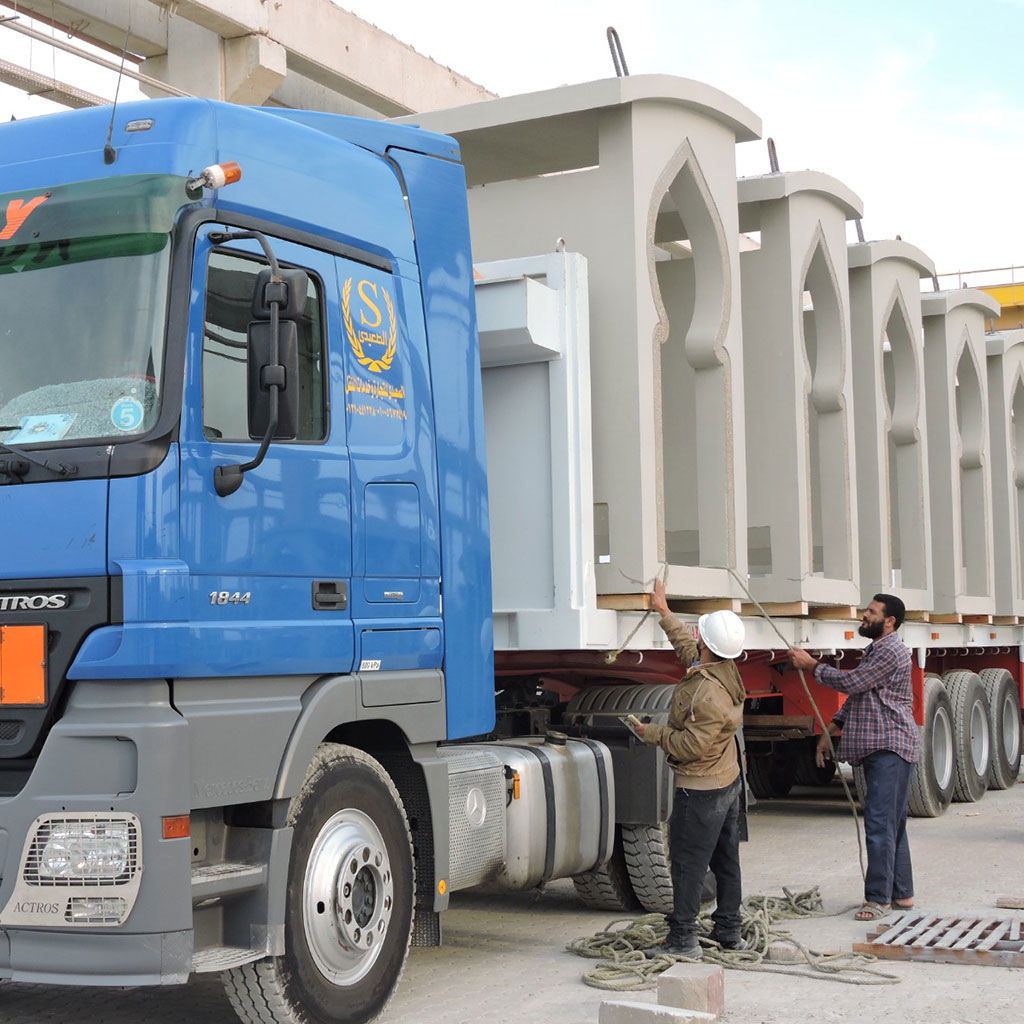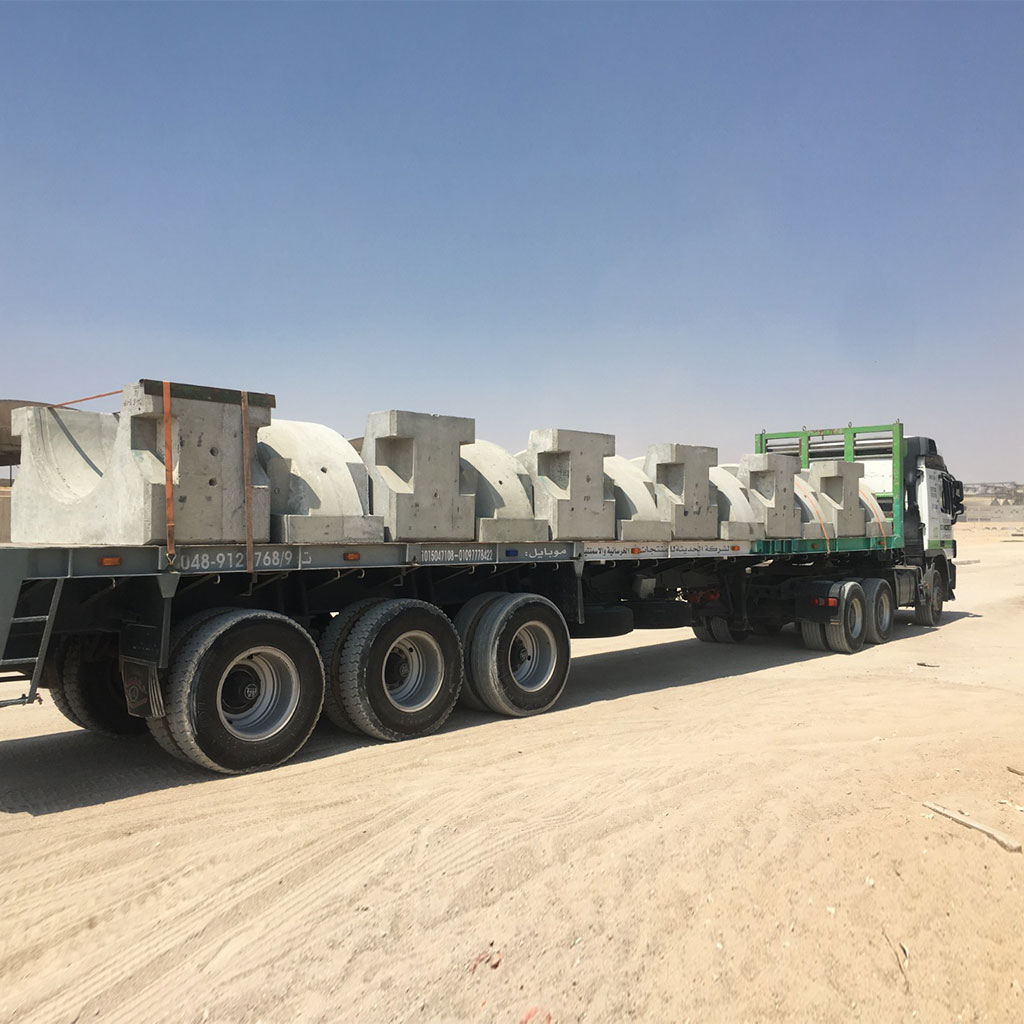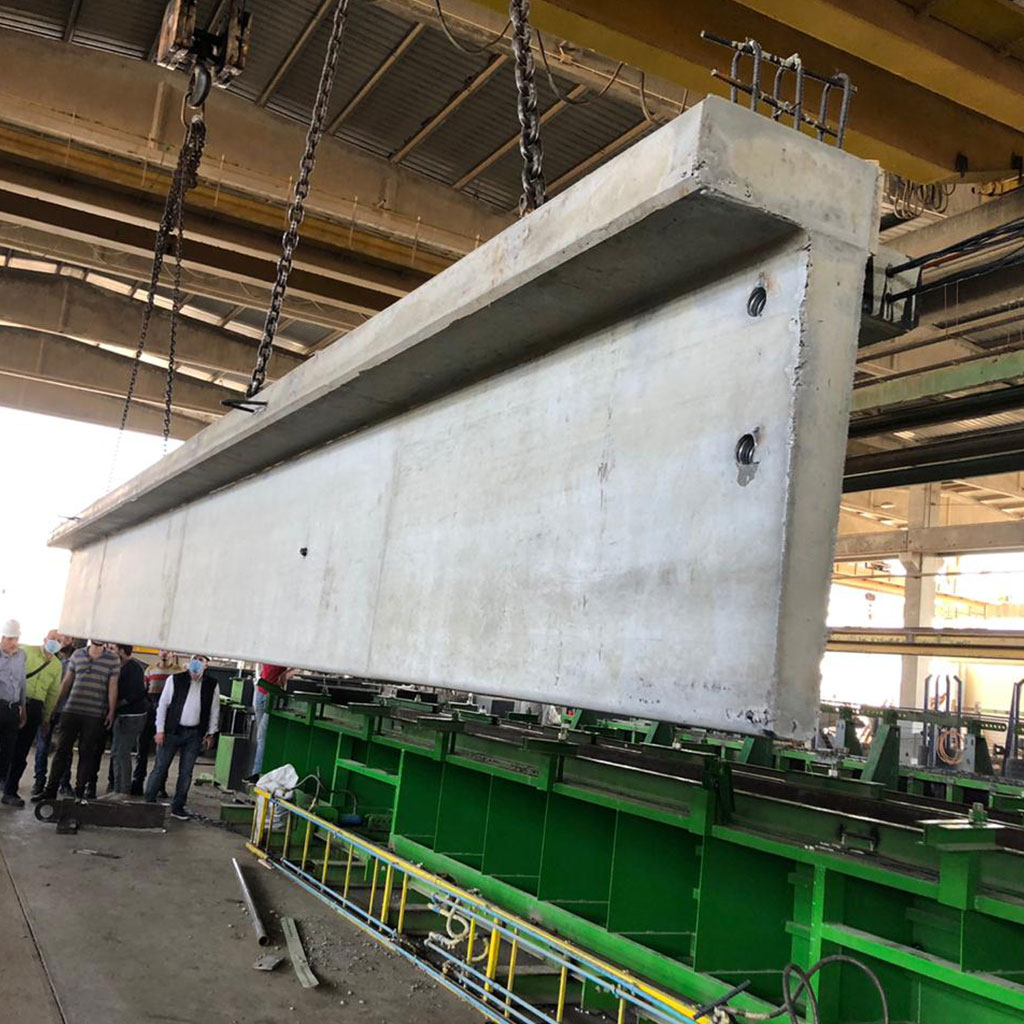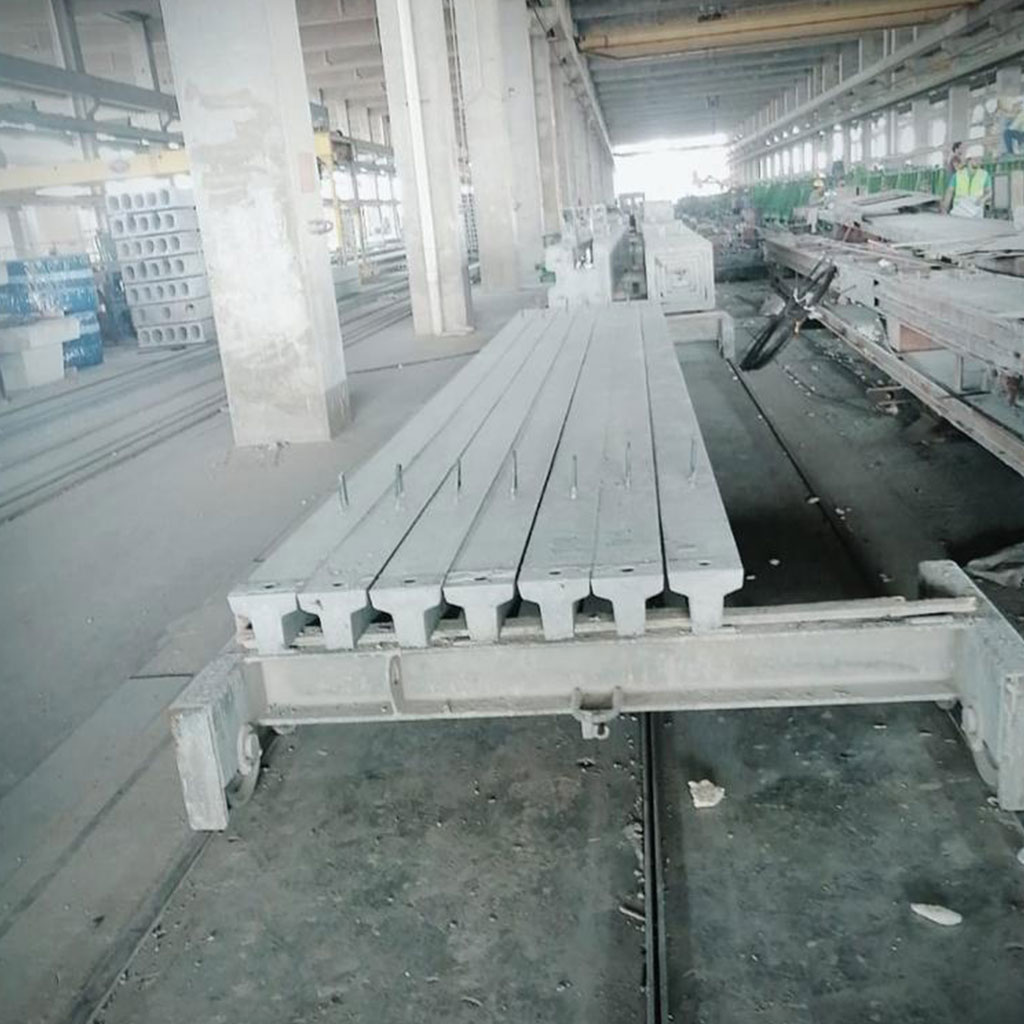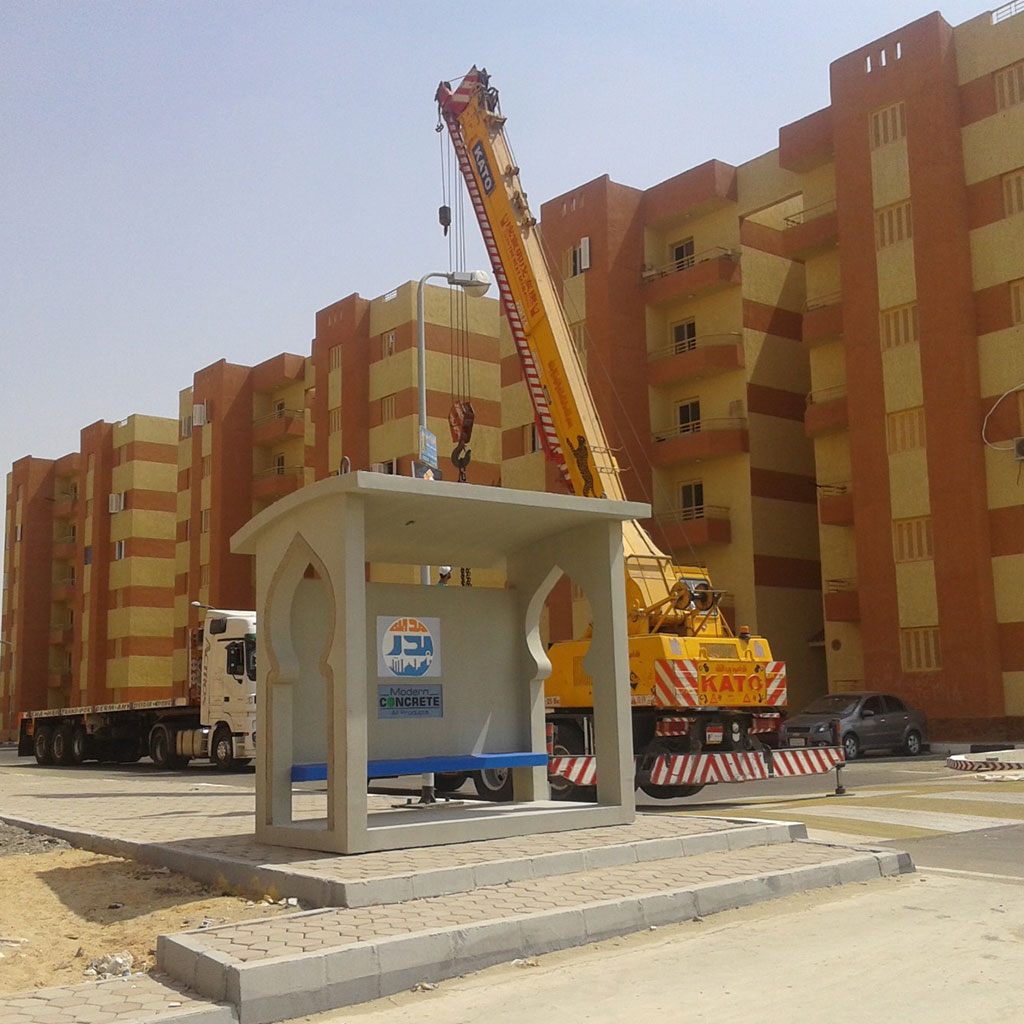Precast Concrete Products
Precast concrete products are factory-made elements which are manufactured with concrete in a pre-engineered mold, treated and cured in a controlled factory environment, transported and erected in project site.
Why precast Products
The primary advantage of using precast concrete products compared to traditional Cast in place construction is speed and reduced cost of construction. Also, Precast offers outstanding quality, Sustainability, No formwork needed at site and reduced construction related safety risks.
The product portfolio comprises of various types of precast or pre-stressed products such as:



Foundations
Bucket Foundation: Precast Bucket foundations realize the site-work faster and cheaper. Indeed, cast on-site buckets need rather complex molding and reinforcement, and working conditions are more unfavorable. It may be used only in conditions of firm and level ground. Buckets sometimes have dowels and base plate is cast on site or whole unit can also be precast.
Columns
Precast Columns can be single-tier or multi-tiered as required. Use of precast columns will expedite the project, as there is no requirement to wait for the curing time in order to reach the required strength as there is with cast-in-situ columns.
Column connections are often made using bolted or socket connections with foundations.
Link for Columns loading tables
Beams & Rafters
Precast Beams provide a flexible solution to the structural component of your project. Precast Beams can be used for a number of applications from parking structures to the structural framework of commercial buildings. Modern concrete has various types of concrete beams such as Normal reinforced concrete beams for traditional and residential buildings, Prestressed beams for Halls and garages and Delta beam for industrial hangers.
Wall Panales
1.4.1 Insulated Panels: Insulated precast concrete panels consist of two concrete layers joined by shear connectors with an insulating layer between them. The insulation layer is continuous over the entire surface area without any thermal bridges and its thickness is determined by the insulation value required. The thinner external layer can be made in a variety of concrete colors and surface treatments while the internal, often load-bearing layer is normal grey concrete. Insulation of walls reduces both construction cost and operating cost.
- The Developer benefits through reduced initial investment for the cooling/heating systems.
- The Owner / Resident benefit through reduced electricity consumption.

